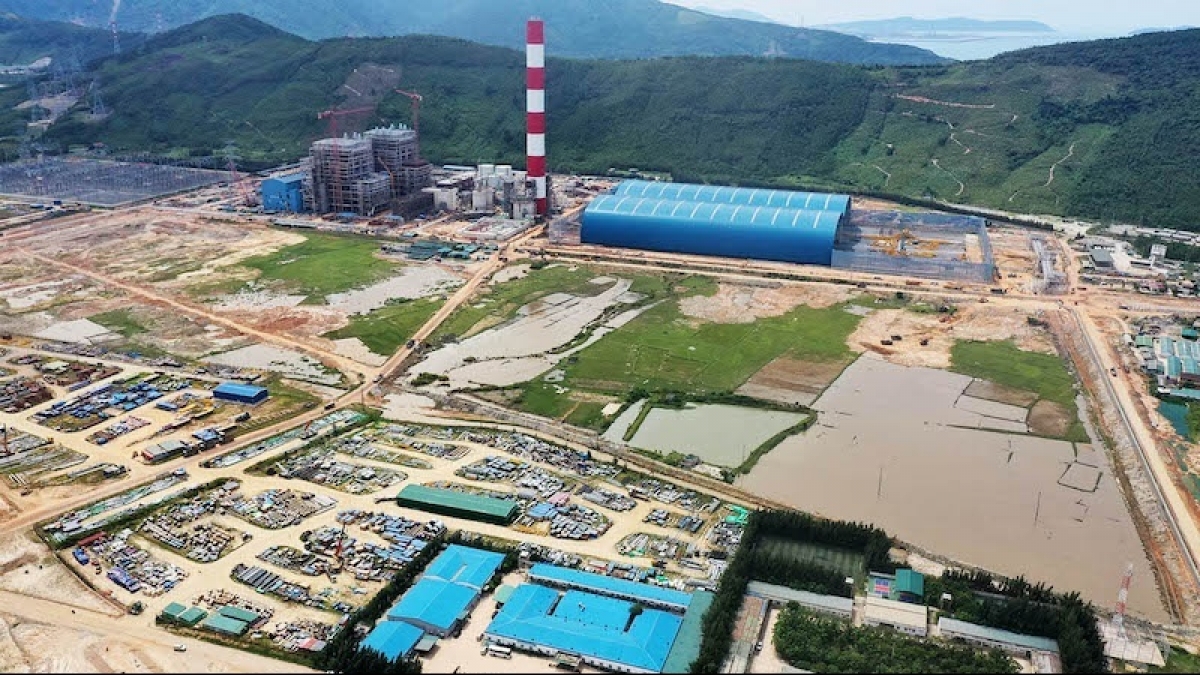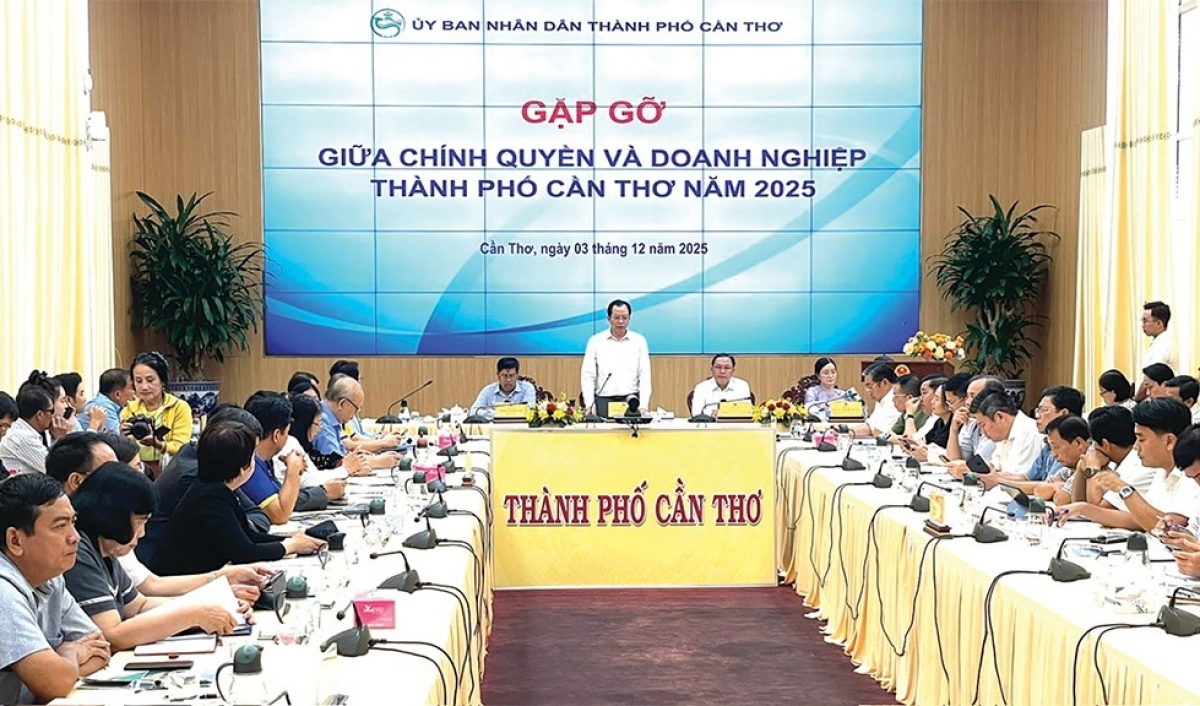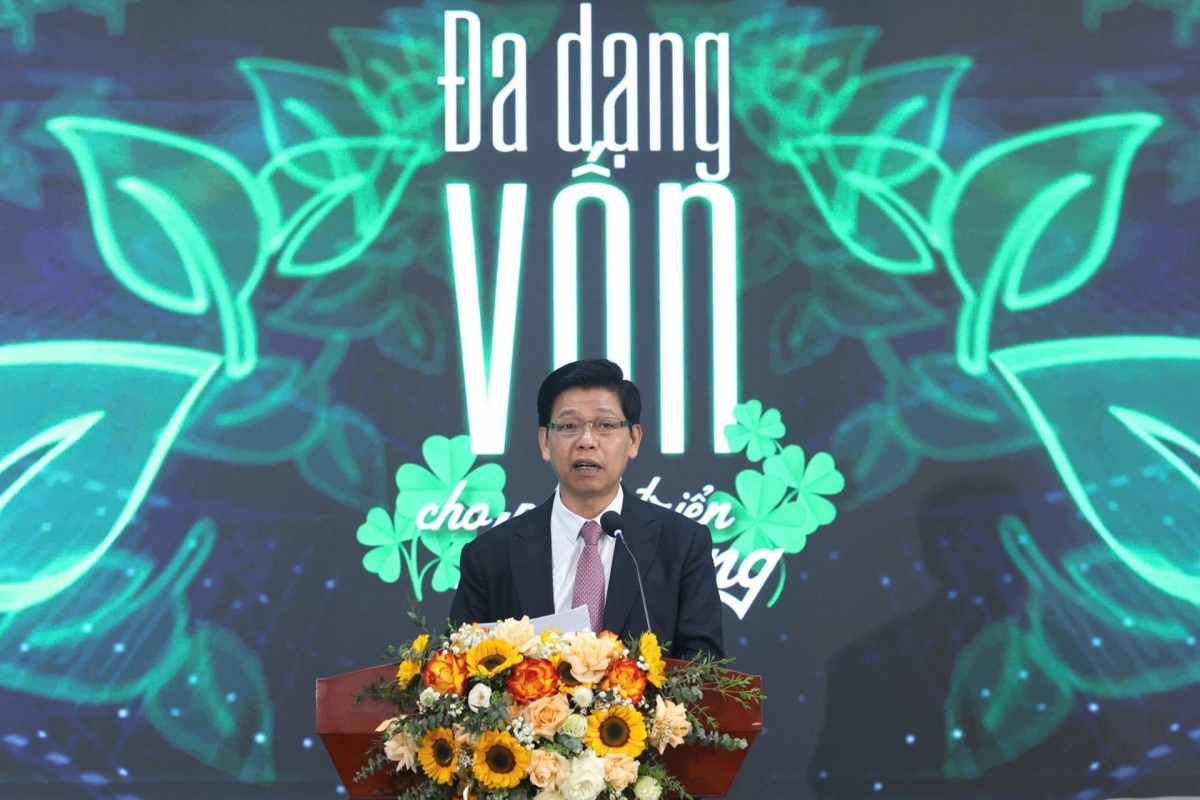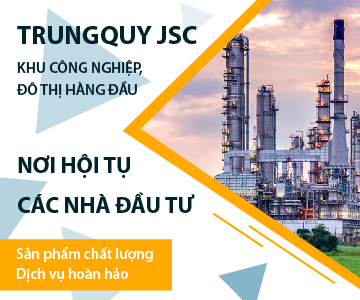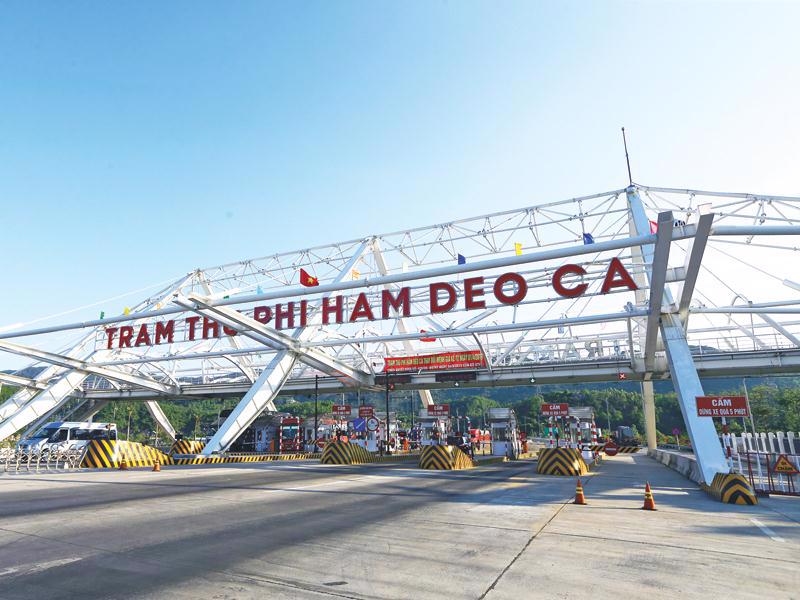INTERNATIONAL INVESTMENT
AND PORTAL
 New real estate hotspots are emerging thanks to a raft of planned upgrades to infrastructure, photo Le Toan
New real estate hotspots are emerging thanks to a raft of planned upgrades to infrastructure, photo Le Toan
According to Tran Minh Tien, director of One Mount Group, more flexible legal frameworks are enabling businesses to shorten administrative procedures, resolve legal bottlenecks, accelerate project implementation, and increase housing supply, especially in areas surrounding ring roads.
At the same time, the government’s policy on merging provinces and cities contributes to broader urban planning, streamlined administrative structures, and more favourable conditions for large-scale real estate investment.
“Immediately after the merger announcements, we observed a significant spike in real estate searches in the suburban areas of Ho Chi Minh City and Hanoi, reflecting growing investor optimism,” Tien told VIR.
The synergy between progressive policy and master planning is painting a dynamic picture for the suburban property market, where private enterprises play a leading role in urban and infrastructure development, he added.
New policies are focusing on administrative reform, investment incentives, and easing access to land and capital. These are critical drivers behind the strong influx of capital into manufacturing, services, and logistics, which in turn fuels demand for infrastructure, industrial parks, residential projects, and commercial properties in peripheral areas.
“Notably, a more transparent and open legal environment is creating opportunities for small and medium-sized real estate companies, as well as local businesses, to participate, diversifying supply and increasing market competitiveness,” Tien emphasised.
When public investment is accelerated, a wave of key infrastructure projects follows, drawing investor capital to these well-connected areas. As a result, surrounding real estate markets benefit from price increases and improved liquidity.
Vo Huynh Tuan Kiet, head of Residential Marketing at CBRE Vietnam, emphasised that infrastructure is a major factor in shaping market dynamics.
For instance, the government’s aggressive public investment in southern Vietnam, covering airports, ring roads, and expressways including those in the Mekong Delta, is transforming the regional landscape.
“Ring roads and highways encourage decentralised urban growth. Given the soaring costs and shrinking land reserves in central areas, provinces like Binh Duong and Long An, as well as districts like Binh Chanh and Cu Chi in Ho Chi Minh City, are becoming increasingly attractive,” Kiet said.
“In the east of Ho Chi Minh City, the metro system has significantly reshaped urban development. Projects situated near metro lines have seen price increases of 50–70 per cent, with some even surging nearly 150 per cent,” he added.
In the south, Dong Nai is emerging as a real estate hotspot thanks to a slew of planned infrastructure upgrades.
Most notably, the province has proposed constructing a river tunnel in place of the originally planned Cat Lai Bridge. The bridge, intended to connect Thu Duc of Ho Chi Minh City and Nhon Trach of Dong Nai, had been included in the city’s transport master plan through 2020 and beyond.
The tunnel proposal offers multiple benefits, including reduced land clearance, improved visual appeal, and minimal disruption to Cat Lai Port operations. Once completed, the tunnel could turn Nhon Trach into an extended arm of Ho Chi Minh City, unlocking tremendous potential for the local real estate market.
In the north, Nguyen Quoc Anh, who is deputy general director of Batdongsan.com.vn, believes many areas still hold significant investment potential thanks to strong price growth. “In the coming period, the north, especially parts of Hanoi, will draw increasing attention from investors due to large, well-planned urban developments,” Anh said.
Districts such as Dong Anh and Me Linh are expected to ride the wave with increasing supply and transaction activity.
East Hanoi enjoys key advantages such as large land banks and a diverse real estate offering. Infrastructure is also expanding rapidly, with projects like ring roads 2 and 3 and various bridges taking shape.
There are also high hopes for the acceleration of metro lines which would connect east Hanoi to the city centre. These advances are expected to act as major growth engines for real estate in the area, while also alleviating population density in the urban core.
Meanwhile, increasingly synchronised infrastructure development is also creating strong momentum for the real estate sector, driving up land values while also sparking a wave of capital flows into satellite cities and surrounding areas.
According to Nguyen Van Khoi, chairman of the Vietnam Association of Realtors, the ongoing wave of provincial and city mergers has opened up vast urban development potential, positively impacting the real estate market.
“The consolidation of provinces will accelerate the urbanisation process, and the real estate market in the capital region is expected to undergo a significant transformation,” Khoi said at a seminar on the real estate outlook on May 15 in Hanoi.
“Thanks to increasingly complete transport infrastructure and abundant land reserves, provinces neighbouring Hanoi are attracting strong investment flows into real estate. Many investors are reaching out to suburban areas, creating a clear shifting in the market,” Khoi said.
Data from the Vietnam Institute for Real Estate Research also showed a sharp increase in interest and investment in real estate in cities within the capital region during the first quarter of 2025. Most of the investment demand was concentrated on the Ring Road 4 corridor and industrial zones connecting Hanoi with Bac Giang, Hung Yen, and Hai Duong provinces.
 Construction procedure cuts create favour for real estate
Construction procedure cuts create favour for real estate
The streamlining of construction procedures through the removal of permit requirements represents a constructive initiative to reinvigorate real estate and expedite project execution.




